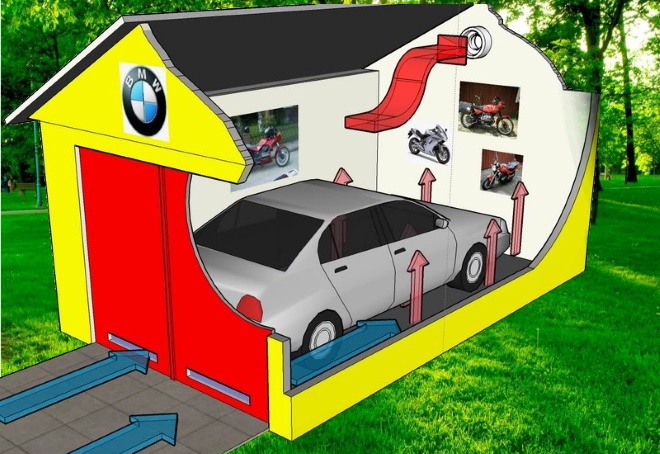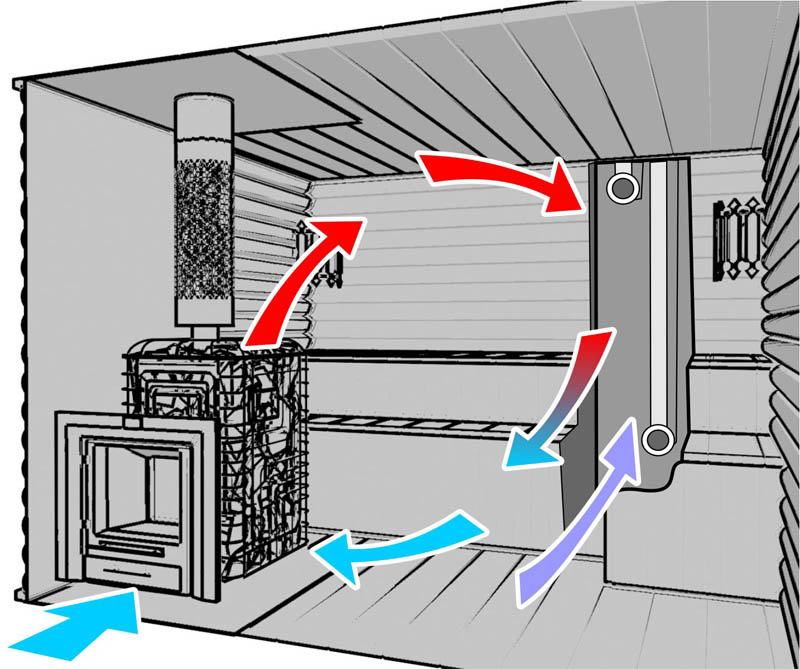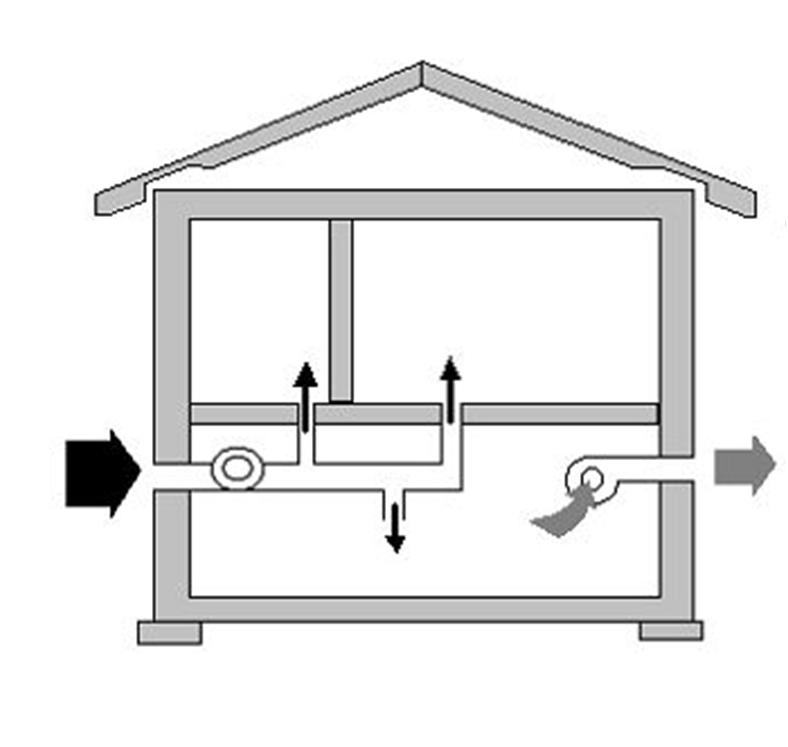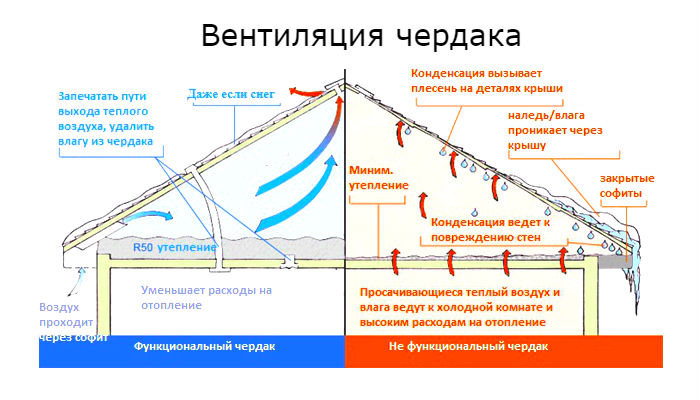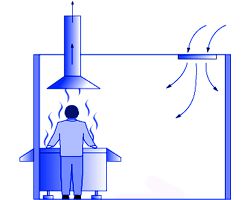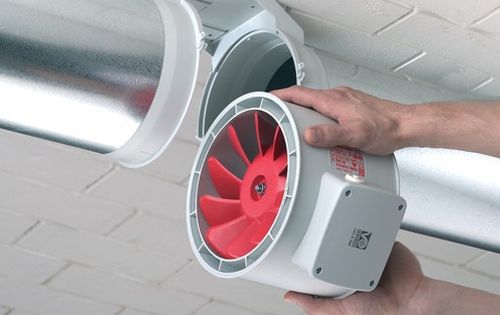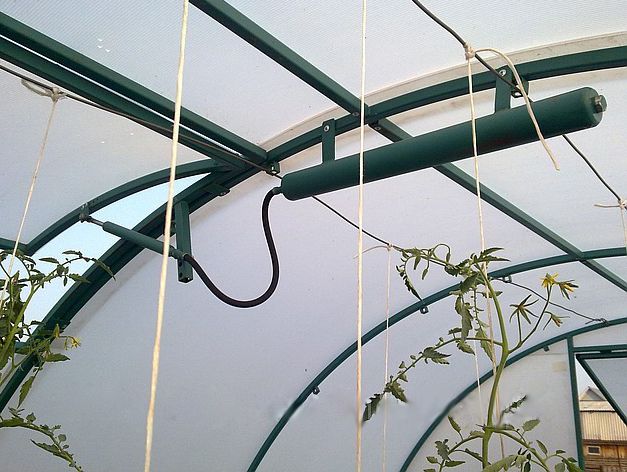Effective ventilation is essential in both service and utility rooms. Sometimes it can be organized independently, as in the case of a spray booth. The ventilation of the waste bin is designed and built by professionals.
Painting booth ventilation
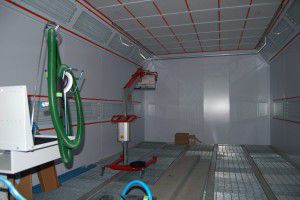
The spray booth is a separate room with equipment for painting metal parts. In the process of work, the smallest drops of paints (paint mist) and solvents are released into the air. There must be ventilation in the spray booth to ensure the safety of personnel.
In the painting rooms, a supply and exhaust ventilation system is organized, reinforced with an additional hood in the lower part of the room.
It is convenient to organize the bottom air outlet by raising the slatted floor 15-20 cm above the main level. Air intakes with filters are installed under the grille.
The calculation of ventilation in the spray booth is quite difficult, as too much air movement can disrupt the technological process. Insufficient endangers the health of personnel. Air flows when calculating the supply and exhaust ventilation of the spray booth are calculated by a professional. Filtration of the air discharged to the outside is mandatory.
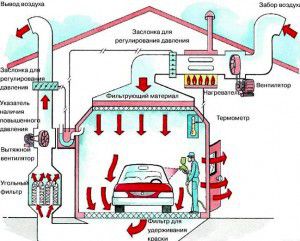
The spray booth ventilation performs the following tasks:
- outflow of exhaust air from the room;
- supply of clean outdoor air to the room with a temperature not higher than 25 degrees;
- discharge of the purified exhaust air into the street.
The supplied outdoor air is pre-cleaned with dust. At the same time, the exhaust air is filtered from chemical particles by special paint filters.
The air exchange rate in the chamber can be up to 200 times!
Types of ventilation systems in the paint shop
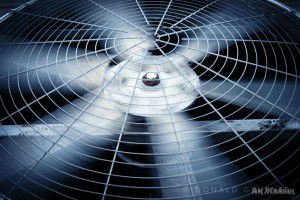
For the spray booth, it is possible to calculate and organize a supply and exhaust, twin-engine or single-engine ventilation system.
With a single-engine plenum, air is fed from above, causing the spray mist to settle down to the exhaust nozzles.
The twin-motor spray booth is equipped with an additional motor that removes exhaust air from the working area to the outside. This is a more efficient system, however, its installation is not always economically justified. So, in spray booths with a low turnover, it is more expedient to equip single-engine ventilation with your own hands.
Supply and exhaust ventilation operates in 3 modes:
- Intense air movement with filtration;
- Air inflow from the street with filtration, bringing the temperature to 30 degrees and outflow through nozzles in the floor. This mode ensures constant climatic conditions;
- Supply of cleaned and heated up to 60 degrees air for drying painted parts.
When calculating the supply and exhaust ventilation of the spray booth, it is necessary to avoid "dead zones", where air stagnates together with all harmful impurities.
The most common option for a paint shop is increased pressure when two fans are operating: supply and exhaust. The blower fan is more powerful, due to which the increased pressure is provided.At the same time, dust is displaced from the room, and not sucked in from outside. To create a vacuum, the power of the exhaust fan is higher than the power of the supply fan.
Ensure tightness in a circulating air chamber. Since the air moves due to the operation of two fans and the pressure inside is equal to the pressure outside.
Air exchange rate in the spray booth
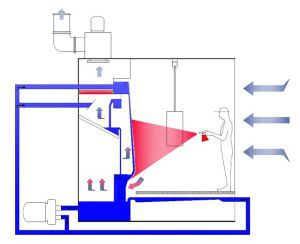
High-quality and safe operation of the spray booth is guaranteed only with the correct calculation of ventilation. Correct air exchange will ensure excellent painting results, personnel health and prevent fires or explosions.
The difficulty in calculating the ventilation of the spray booth is that it is necessary to take into account the size of the part to be painted.
For example, when working with a small area, the air exchange should be five times. If the car body is painted, the multiplicity increases to 40 - 100. Thus, in large workshops, it is unprofitable to paint small parts. Moreover, the more intensive the air exchange, the less the load on the human body. Therefore, in order to reduce the risk for people, paint sprays are automated as much as possible.
The standard spray booth ventilation scheme combines air flow into the booth, exhaust outside and recirculated air. Air is moved by 2 fans of calculated power. The main task in calculating the ventilation of the spray booth is the selection of the parameters of the fans, depending on the required air exchange.
On average, a spray booth has a capacity of about 20,000 cubic meters of air per hour. It provides excellent workpiece quality and personnel safety.
To calculate the air flow for the chamber, it is necessary to multiply the air exchange rate by the chamber volume.
To calculate the supply and exhaust ventilation of the spray booth, you need to know the pressure and performance of the fans. The magnitude of the pressure drop depends on the area of the filters: supply - from the ceiling, and exhaust from the floor.
Fan performance is selected according to the tables provided in the instructions for the fan.
Spray booth floor
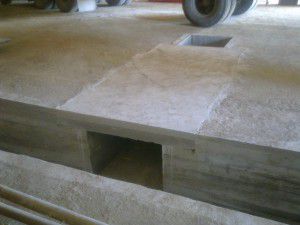
One of the most important components of the spray booth ventilation system is the floor. The outflow of exhaust air occurs through trenches in the floor, covered with gratings, or the floor is raised by a ramp by 20 cm. Filters and exhaust pipes are installed in the resulting space.
To organize a ventilated floor, it is convenient to use a ready-made metal perforated floor.
The chimney nozzles are distributed so that there is no uncovered space left where air can stagnate. In addition, it is necessary to provide for the replacement or cleaning of filters.
DIY paint spray
If the painting room is being built independently, the installation of ventilation elements begins after wall cladding and lighting connections.
First, an extractor hood is installed in the floor, made of exhaust fans. From heating elements and fans under the ceiling, they construct a heat gun for air intake. From here, the air flows through pipes to the center of the room. It is possible to install nichrome wire as a heating coil.
Heating elements are safer than liquid fuel heat generators.
Heating elements will need 6 or 8, they are a conductive thread hidden in metal tubes. The tubes are filled with insulating, heat-conducting material. The nichrome thread transfers the required specific power to the surface.
Security
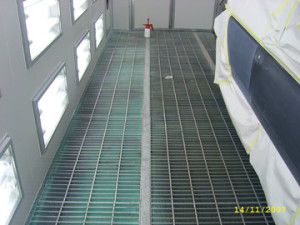
For the safe operation of the spray booth ventilation system, three methods are used:
- explosion-proof check valves on ventilation ducts;
- monitoring of impurities in the air of the chamber;
- additional exhaust nozzles near major sources of pollution.
For example, when substances lighter than air are released during staining, 30% of the air is removed from the lower tier, and 70% from the ceiling. If impurities are heavier than air, they settle quickly. Therefore, they are retracted from below. Explosion-proof taps are required above paint racks, bathtubs, jetting installations.
Having carefully calculated, you can equip high-quality spray booth ventilation with your own hands, saving on the services of expensive specialists.
Waste collection chamber ventilation
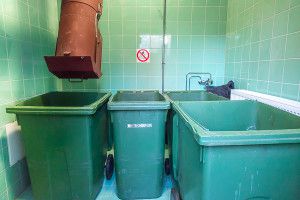
The waste collection chamber is equipped with natural (sometimes forced) ventilation, which ensures compliance with sanitary and hygienic standards. A garbage chute barrel is used as an air duct. And the ventilation unit of the waste collection chamber is located above the trunk of the waste chute.
The ventilation system of the waste collection chamber consists of the following elements:
- ventilation duct;
- a gate that closes the air duct during cleaning and disinfection of the chute barrel;
- exhaust fan or deflector;
- sealing rings for venting the ventilation duct through the roof.
The ventilation duct is installed vertically, in the center of the chute trunk. Standard duct diameter is 300 mm. If necessary, deviation of the channel by no more than 30 degrees to the vertical is allowed.
The ventilation duct sections are fastened together with metal adapters.
The inner walls are smooth and non-flammable. The section of the canal passing through the unheated attic should be insulated. The duct passage through the roof is sealed with a metal apron and sleeve.
To prevent back draft in the ventilation of the garbage chute, another air duct is installed parallel to it, which is connected to the main one at the top. The connection point can be closed with an automatic or manual shutter.
In modern high-rise complexes, waste collection chambers are sealed, and the shaft of the waste chute is equipped with a sink. Natural draft almost does not function in it in the summer, so the chambers are equipped with forced exhaust ventilation.

